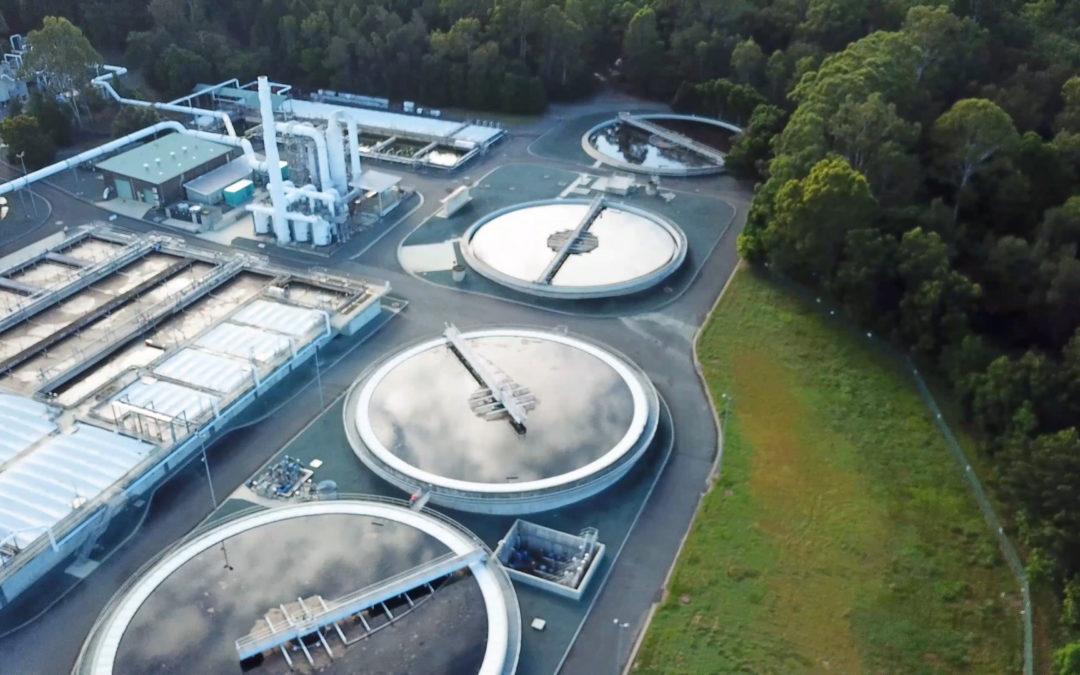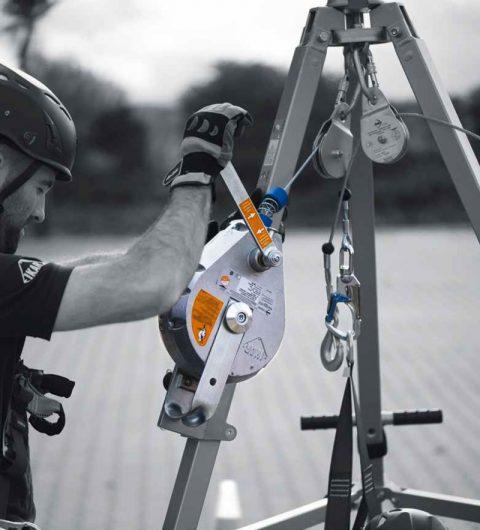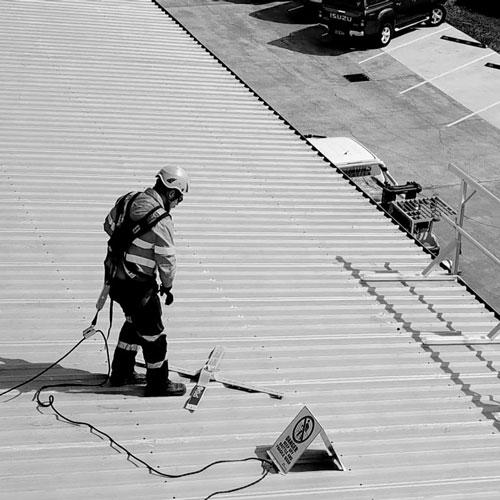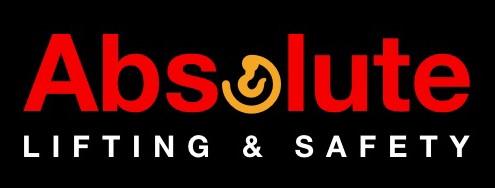
by Shayne Knipe | Dec 6, 2022 | Working at Heights
The difference between a shock absorbing lanyard and a self-retracting lifeline? Shock Absorbing Lanyards Shock absorbing lanyards as per the name absorb shock in the event of a fall, to reduce fall arrest forces on the body. This is achieved as they reduce the rate...
by Shayne Knipe | Sep 23, 2021 | Working at Heights
HARNESS INSPECTIONS About Australian Standards Australian Standards recommend the life of a harness to be 10 years from the date of manufacture, if no damage has been sustained prior or in the meantime. Inspection by a competent person is recommended every 6 months in...
by Shayne Knipe | Jun 29, 2021 | FAQS, Working at Heights
Who can Test and Tag Height Safety Equipment? Test and Tag Height Safety Equipment needs to be carried out by a competent person. This includes all your Fall Protection, Fall Arrest & Fall Restraint Equipment and Systems. To find out how a competent person is...

by Shayne Knipe | Jan 29, 2021 | Working at Heights
Australians consume an average of 82,000 litres of freshwater per person each year. A further 80 litres of water per connection every day on average are lost by utilities before it even reaches our homes. For small utilities, this figure is around 110 litres per day....

by Shayne Knipe | Nov 13, 2020 | Working at Heights
IKAR Accredited Service Agents Absolute Lifting and Safety are an IKAR Accredited Service Agent, authorised to inspect, service, repair and re-certify IKAR Fall Arrest Blocks. We offer on site inspections and servicing for all your IKAR equipment including IKAR...

by Shayne Knipe | Oct 27, 2020 | Working at Heights
HEIGHT SAFETY FALL PROTECTION ABOUT HEIGHT FALL PROTECTION When it comes to height safety fall protection connectors are devices that attach to a full-body harness. In addition, they combine to make up the anchorage system. When working at heights they are an...





